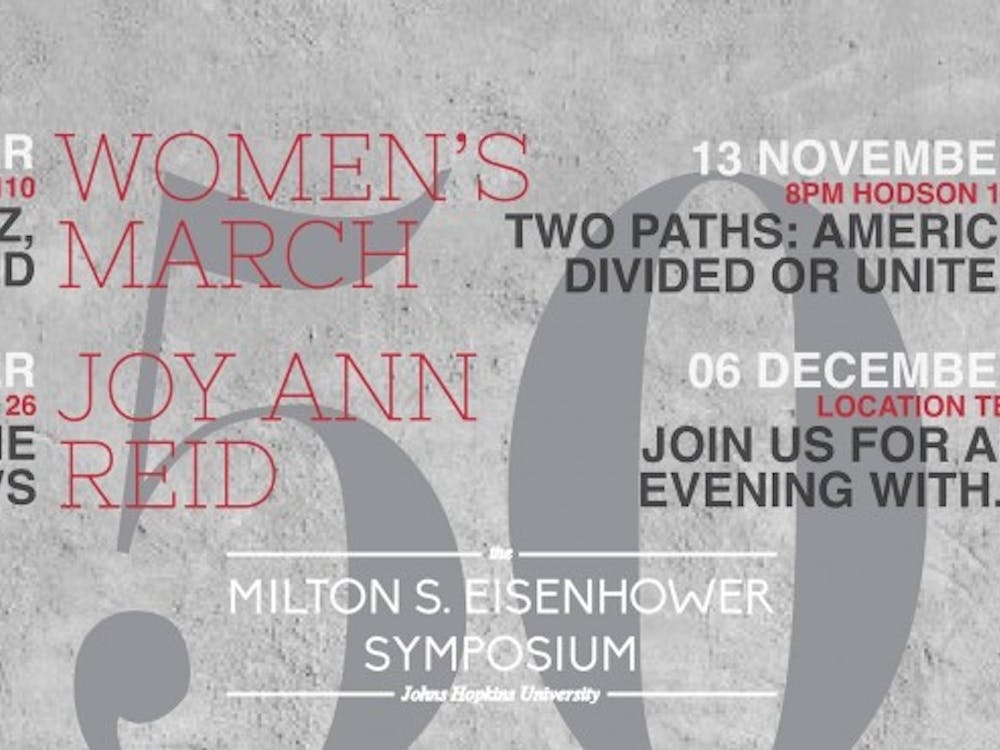In many ways, Pre-Raphaelite painting brings to mind images of youth in the 1960s.
The vibrant colors, the flowers, the long hair and flowing fabrics center on beautiful, yet somehow defiant women.
The Pre-Raphaelite Brotherhood of the 19th century predates hippies by nearly 100 years, but something about Pre-Raphaelite artists’ avant-garde approach is reflected in the aesthetics of the sixties’ counterculture.
Perhaps that is why the Pre-Raphaelites exhibit at the National Gallery of Art in Washington D.C. seems so full of life.
The paintings of beautiful women and crisply rendered natural scenes draw on the energy and spirit that fuel all significant artistic and cultural movements.
Since the artists themselves were in their late teens and early twenties when they founded the Brotherhood, their images retain the vitality of youth also seen a century later in photographs of Woodstock’s flower children.
The National Gallery’s Pre-Raphaelite exhibition is extensive, but not overwhelming.
It is divided into several rooms, each given an overarching theme.
They cover topics such as beauty, nature, literature, history, and mythology.
Since the Pre-Raphaelites have British origins, most of the pieces currently at the National Gallery are on loan from the London’s Tate Museum.
The primary figures on display are John Everett Millais, Dante Gabriel Rossetti, and William Holman Hunt.
There are also works by Ford Maddox Brown, Edward Burne-Jones, and William Morris.
These painters are united by their revolutionary conception of art.
The idea was to take painting back to a time before the Renaissance and Raphael, hence, the name “Pre-Raphaelite.”
Their works are influenced by the medieval style, and often feature scenes from British literature and history.
Depicting nature with a near photographic realism is another Pre-Raphaelite characteristic.
The most famous Pre-Raphaelite painting is probably Millais’ “Ophelia” (1852-3).
This beautiful yet haunting work imagines the off-stage drowning scene in Shakespeare’s “Hamlet.”
Ophelia lies in a river surrounded by flowers. Her mouth remains eerily open, perhaps to suggest the mad and random tunes she sings right before she dies.
This painting speaks to a kind of forlorn feminine passivity, a beautiful woman pulled under by a powerful force she is either incapable or uninterested in fighting.
Ophelia’s death is ambiguous. It may be an accident, or it may be suicide, but either way there is an element of self-destruction in her final act.
The model for Millais’ piece was Elizabeth Siddall, an artist who often posed for the Pre-Raphaelite painters.
She was a particular favorite of Rossetti, and became his lover and later his wife. Siddall overdosed on laudanum in 1862, and like Ophelia, her death may have a suicide.
Romantic intrigue was an ongoing theme within the Pre-Raphaelite Brotherhood. One particularly famous Victorian love triangle occurred between Millais, the art critic John Ruskin, and Ruskin’s wife Effie Gray.
Since Ruskin was Millais’s friend and supporter, the painter used Effie as a model for his 1852 work, “The Order of Release, 1746." Ruskin’s wife fell in love with Millais, and since Ruskin had failed to consummate their relationship after six years (citing disgust with the female body), Effie had their marriage annulled. In 1855, she married Millais, and posed for many of his subsequent works, including “Peace Concluded” (1856).
In addition to the fascinating historical gossip, the Pre-Raphaelite exhibit has much more to offer. There are decorative arts by William Morris, tapestries, and stained-glass windows. In keeping with the Pre-Raphaelite theme, the National Gallery presents the Café Britannica, where visitors can enjoy an over-priced buffet of British foods. Options include a horrifying bubble and squeak salad of beet and root vegetables, but there are also some tasty choices like the Cornish pasties.
Above all, the most arresting aspect of the Pre-Raphaelite exhibit is Rossetti’s work. His paintings of sensual feminine beauty dominate the National Gallery. There is one piece in particular whose rich colors and sumptuous details draw all attention to its canvas.
The painting is “Lady Lilith” (1866-68), which depicts Adam’s first wife before Eve. Her story is told in Goethe’s Faust, which describes her sumptuous hair and how it winds around unsuspecting men. Rossetti’s sonnet that accompanies his painting proclaims a similar notion.
“Her enchanted hair was the first gold.”
Thus, it seems fitting that the focus of Lady Lilith is the woman’s luxurious hair, which she combs while contemplating her reflection in a hand-held mirror.
The expression on her face is also interesting. She is captured in a vain, traditionally feminine pose, yet there is an unmistakable sense of power in her presence. She seems self-possessed and in control of her own physical beauty. It is this combination of voluptuous womanliness and authority that makes Rossetti’s work particularly appealing.
Pre-Raphaelite painting deals with beauty—as much of art does—but the Brotherhood’s approach is unique, especially in the way defiance glares out of their pretty pictures. This movement in the second half of the 19th century captures both the vibrancy and rebelliousness of youth and nature, all entangled in historical and literary references.
In many ways the Pre-Raphaelites’ free spirited women speak of revolutions to come. You can see echoes of their expressions decades later in photos of insolent hippies with flowers in their hair.
The Pre-Raphaelites exhibit runs though May 19 at the National Gallery of Art in Washington D.C.
















